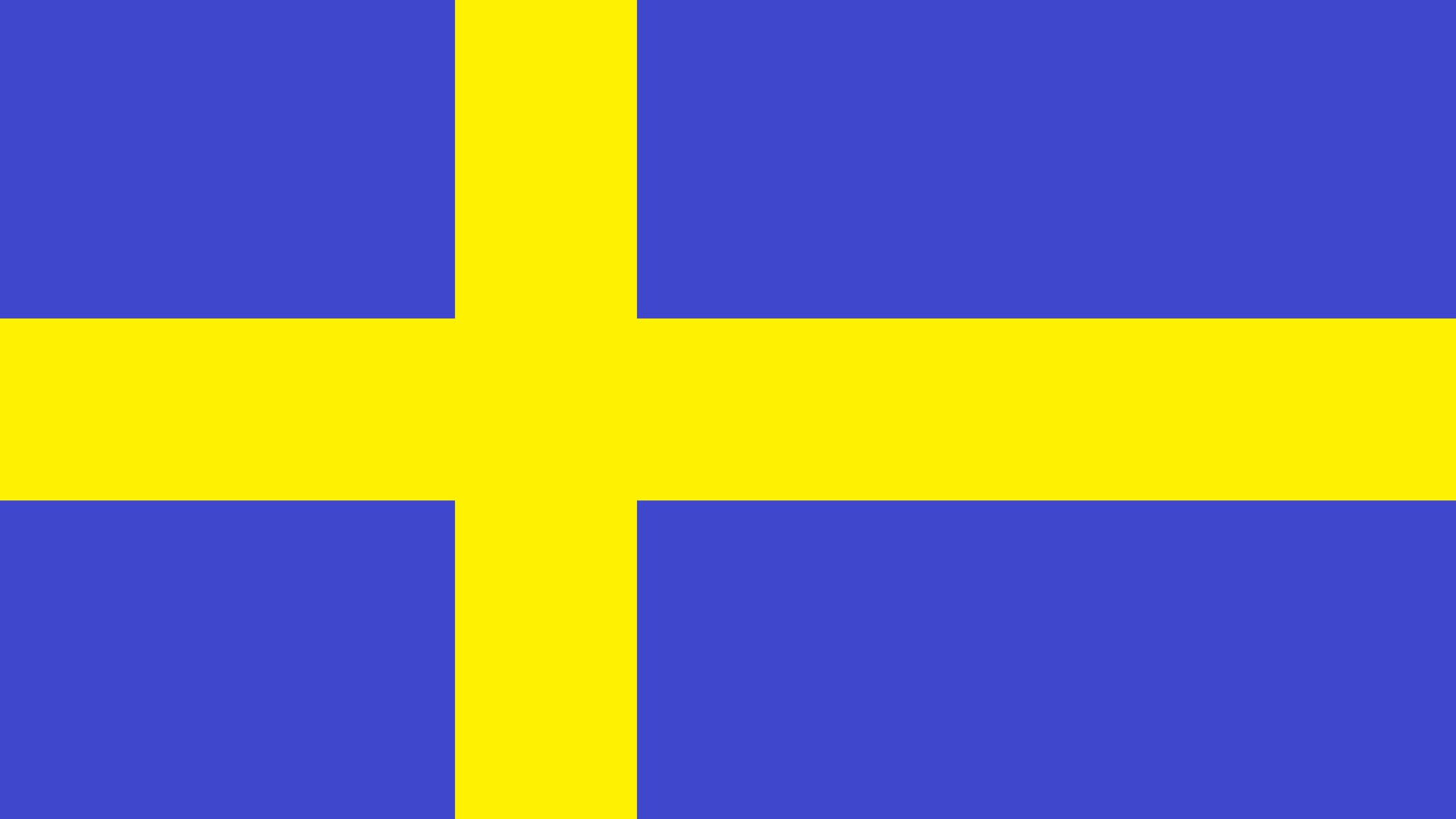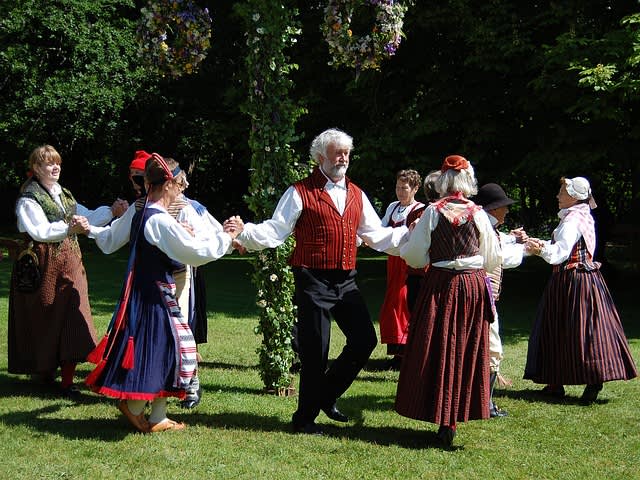Swedish Translation

Swedish Translation and Localization
TrueLanguage offers timely, precise Swedish translation and localization services. We can handle virtually any type of translation project. Our team of professional linguists includes native speakers of Swedish and certified subject matter experts who can perfectly translate material following your exact specifications. We use cutting-edge translation and project management tools and follow ISO 9001 standards, guaranteeing efficient, high-quality, and authentic results.
Från svensk engelska
Language Facts and Information
Swedish Snapshot
Swedish is a North Germanic language that is spoken by around 10 million people worldwide. It is the official language of Sweden and also one of the official languages of Finland. The language has a rich history and is known for its unique pronunciation and grammar.
Swedish is closely related to other Scandinavian languages, such as Norwegian and Danish, with which it shares a common history and vocabulary. However, the language has its own distinct features that set it apart from its neighboring languages. For instance, Swedish has a tonal accent system, which means that a syllable’s pitch can change a word’s meaning.
Swedish Facts and Trivia
Where it’s Spoken
Swedish is primarily spoken in Sweden, where it is the official language. It is also one of the official languages of Finland, where the Swedish-speaking minority speaks it. In addition, Swedish is spoken as a second language by a significant number of people in Norway, Denmark, and Estonia. Swedish-speaking communities can also be found in parts of the United States, Canada, and other countries with large Swedish immigrant populations.
Global Statistics
Swedish is an official language of the European Union and the Nordic Council. Outside of Sweden, over 500,000 people speak Swedish as a second language, including many immigrants and expatriates living in Sweden. Swedish is closely related to other Scandinavian languages, such as Danish and Norwegian, which allows for mutual intelligibility between speakers. Swedish is the third most commonly spoken Scandinavian language in the United States after Norwegian and Danish, with over 32,000 speakers in 2019, according to the US Census Bureau.
Impact of Swedish Worldwide
The Swedish language has significantly impacted business, culture, and diplomacy both within Scandinavia and globally. In terms of business, Swedish is the official language of Sweden, which is known for its strong economy and well-established companies in industries such as technology, automotive, and pharmaceuticals. Therefore, proficiency in Swedish can open up many career opportunities in Sweden and other Scandinavian countries. In terms of culture, Swedish has been the language of some of the world’s most famous authors, such as Astrid Lindgren and Stieg Larsson. Sweden is also known for its music, art, and film industries, which have gained international recognition and use Swedish as the primary language for their works. In diplomacy, Swedish is one of the official languages of the European Union, and Sweden has been an active participant in global affairs, including the United Nations and other international organizations. Swedish is also a common language used in Nordic cooperation between Sweden, Norway, Denmark, Finland, and Iceland. Additionally, Sweden is a popular destination for international conferences and events, and proficiency in Swedish can benefit networking and communication.
Regional Variations
Swedish dialects are known for their diversity and complexity, with some speakers of different dialects being nearly incomprehensible to each other. However, most speakers are also fluent in Standard Swedish, the country’s official language. The dialects are often localized to individual parishes and are referred to as “sockenmål” by linguists. Swedish dialects are generally grouped into six major categories, which share common characteristics in terms of prosody, grammar, and vocabulary. Some examples of these dialects include Jamtamål in Jämtland, Scanian in Skåne, and Dalecarlian in Dalarna. Although each example is representative of nearby dialects, the actual number of dialects is several hundred when each individual community is considered separately.
Origin and History
The Swedish language has a rich and complex history that can be traced back to the 8th century. At that time, the common Germanic language of Scandinavia, Proto-Norse, began to evolve into Old Norse. Over time, Old Norse underwent further changes, resulting in the appearance of two distinct dialects: Old West Norse in Norway, the Faroe Islands, and Iceland, and Old East Norse in Denmark and Sweden. In Sweden, the Old East Norse dialects are referred to as Runic Swedish, and they were written using the runic alphabet, which had a limited number of characters. As a result, some runes were used to represent multiple sounds, making the language more complex and challenging to learn. Despite these difficulties, Swedish has survived and evolved over the centuries, becoming one of the most important and widely spoken languages in Scandinavia and beyond.
Summary
Since the Swedish language is constantly evolving, you must have informed and highly experienced professional linguists for producing accurate and culturally appropriate translations. At present, Swedish features approximately 600,000 words and adds 36 (2022) new words each year. Will you need a Swedish translation that will easily be understood in all regions where the language is spoken? Or do you rather require a regionally specific translation? Select either our TrueGlobal or LocalVoice approach as appropriate.
Resources
Consider a Partnership with TrueLanguage
Are you looking for a partnership with a language service provider? If so, you may wish to consider TrueLanguage. We offer ISO-Certified state-of-the-art business translation services that are on budget, on time, and to your exact specification. Every time. Or perhaps you’re just looking for a cost-free, no-obligation estimate for your next translation project. Either way, we’d love to hear from you!


